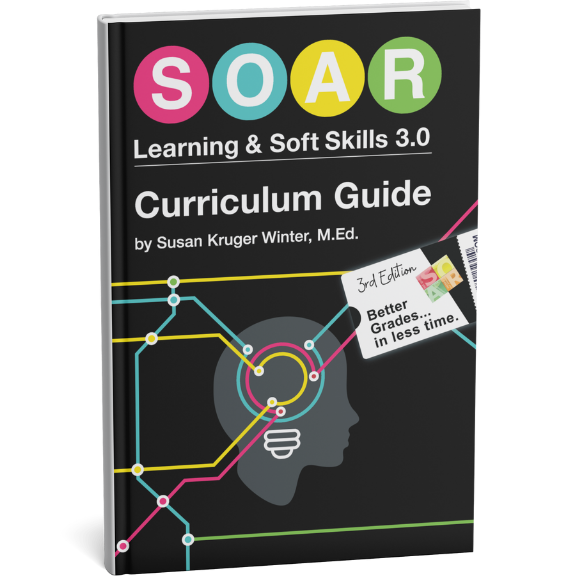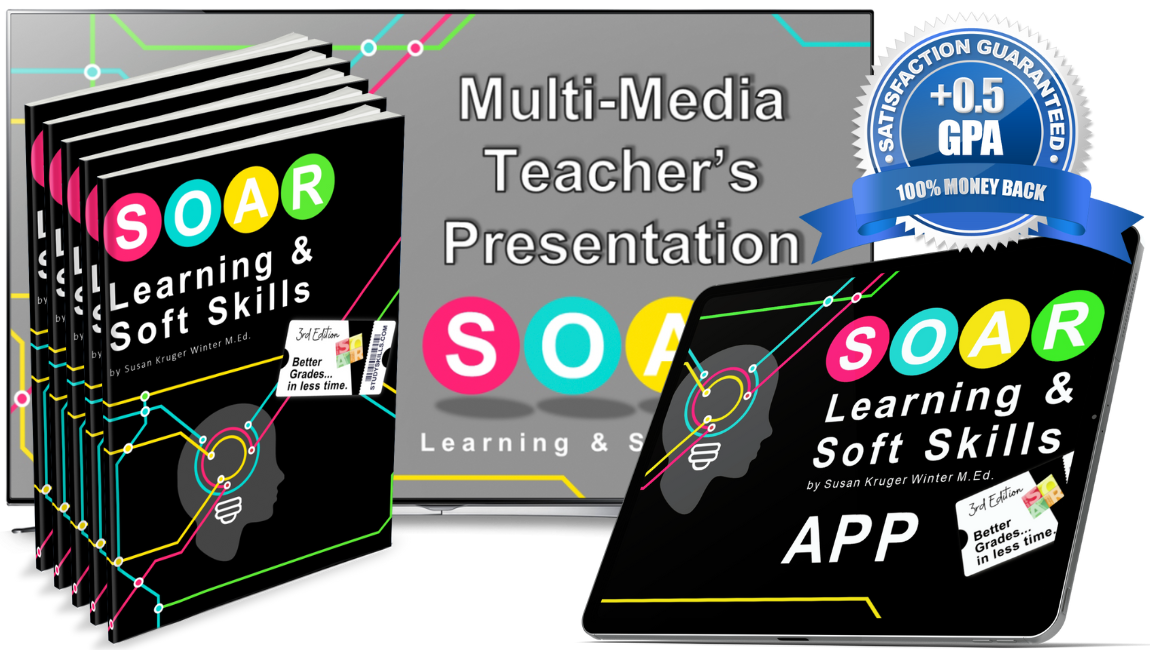StudySkills Search
Special Ed and ADHD
The Learning Disability Circuit Video Transcription “Learning disability” is the term we use to describe a low power supply of brain chemicals in sections of the brain that process language or math. Common learning disabilities include: dyslexia, dyscalculia, dysgraphia, language processing disorders, and more. For example, imagine this string of lights represents the neuron wires…
Teaching Students with Autism There’s a very good chance you could teach me a lot about teaching students with autism. You’re in the trenches, working with students every day, So, I’m NOT here to tell you what you “should be doing differently.” Nor am I here to point out “where you’re dropping the ball.” I…
The Motivation Circuit Video Transcription “Motivation” is the term we use to describe a power surge from the emotional region of the brain. When the emotional region of your brain is happy, comfortable, and engaged, it makes a lot of brain chemicals. This provides a hefty power boost the rest of the brain, making learning…
I was recently asked by a tutor using SOAR, how to help a student who has dysgraphia use a planner. (Dysgraphia is an extreme difficulty with writing.) It’s such an important question, I wanted to share my response with you. Q: Do you have any suggestions for my student who has dysgraphia and has difficulty writing in…
Previously, I wrote about How to Help Your Students Manage Anxiety. If you haven’t read that article yet, I suggest you start with it, here. It explains what causes anxiety, which is key to understanding how to manage it. Today, I want to share some strategies for building an “anxiety-free” environment in your classroom. Obviously,…
The key to helping students manage anxiety is to understand what’s happening in their brain. “Emotions are the on/off switch to learning,” says Priscilla Vail, author of Smart Kids with School Problems. You and I both know this is true. We know from our own experience that it’s pretty hard to learn geometry theorems when…
It’s second hour in Mr. K’s class. The bell has just rung. Mr. K is ready to get started with his lesson. But, here’s what Mr. K doesn’t know is lurking under the surface: Susie was just dumped by her boyfriend because of an untrue rumor posted on social media last night. Jimmy’s coach stopped him…
“My students think they are ‘broken,’” lamented one special education teacher. “They don’t have dreams because they don’t think their dreams matter.” The truth is, our education system is not equipped to help any student explore their dreams and options beyond high school. But special education students have an even greater disadvantage; they don’t think…
The Learning Circuit Video Transcription Learning is nothing more than your brain creating new wires. How does this work? Every time you learn something new, your brain powers a connection from something you already understand. When this happens, the neuron wires in your brain –the information you already understand– create new wires to capture the…
The ADHD Circuit Video Transcription ADHD is the term we use when the Front Brain has a LOW power supply of brain chemicals. The Front Brain is the organizing center of the brain. It orchestrates everything…from your five senses and emotions to the thoughts you generate in response to them. For example, imagine this string…
Six Steps
Conquer the Chaos
Get Our Free Guide & Information on...

"*" indicates required fields
Get Our FREE Curriculum Guide!
The SOAR® Curriculum
The most critical learning, organizing, and communication skills needed for school. Learn more here.
Who’s Using SOAR®?
Click here to learn more.




